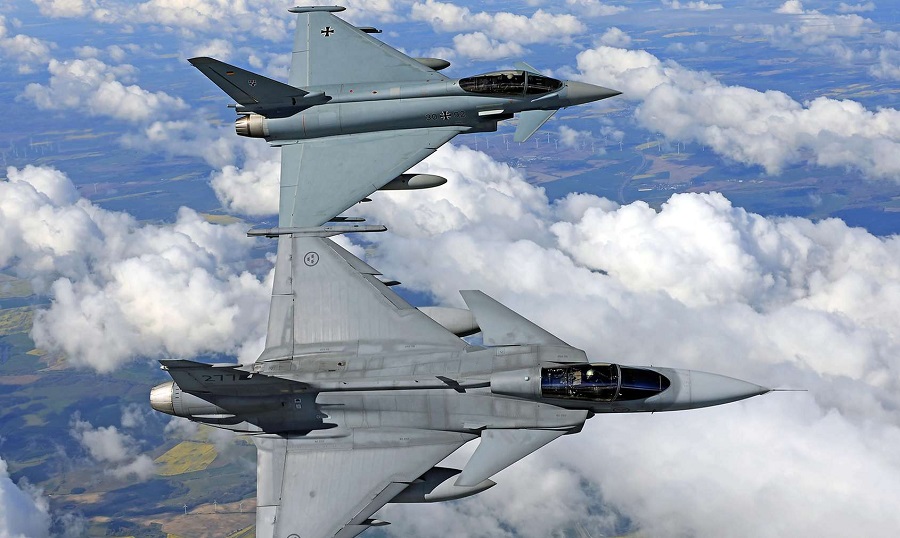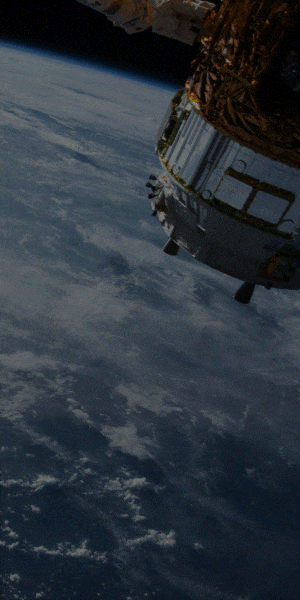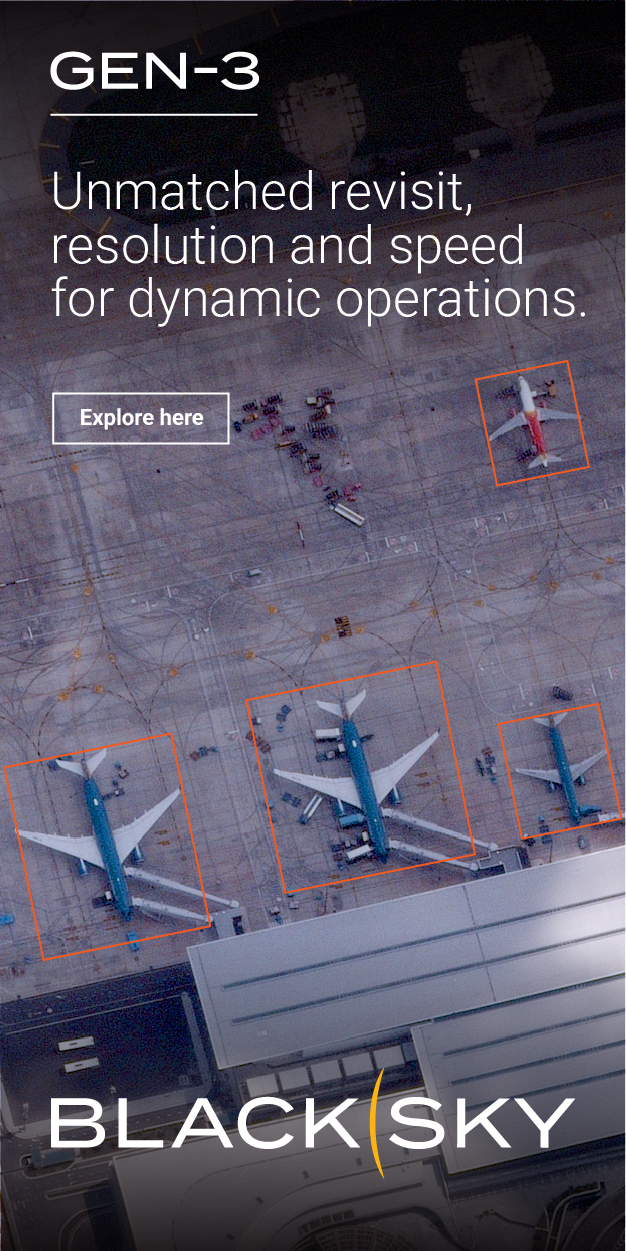German lawmakers have approved €5.3 billion in funding to expand and upgrade the country’s Eurofighter programme. The Budget Committee of the German Parliament approved the spending on 8 October, including a top-up order for 20 new-build Tranche 5 aircraft and a critical capability upgrade.
The €3.75 billion allocated for the aircraft covers procurement of engines, spare parts, and replacement components, with deliveries expected between 2031 and 2034. These will be the first Tranche 5 models to be ordered and will be assembled by Airbus Defence and Space.
The new Eurofighters will be equipped with active electronically scanned array (AESA) radars and fitted with the Saab Arexis electronic warfare system and anti-radiation missiles. This upgrade enables them to take over the suppression and destruction of enemy air defences (SEAD/DEAD) role from the retiring Panavia Tornado.
Development work to integrate these new capabilities will cost €1.13 billion, with a further €82 million allocated for component procurement. An additional €412 million will be used for new training simulators tailored to the enhanced features of the upgraded aircraft.
“This contract will improve the simulation environment and simultaneously prepare it for training in the new capabilities of future developments of the Eurofighter weapon system,” defence officials said. The simulators will reflect updates like the AESA radar and other future enhancements.
Germany was the first Eurofighter partner nation to place a top-up order when it purchased 38 Tranche 4 aircraft under the Quadriga programme. These are replacing the ageing Tranche 1 jets, which are increasingly difficult to modernise.
At the ILA Air Show in Berlin last year, former Chancellor Olaf Scholz committed to buying 20 more Eurofighters, though the order was delayed due to the collapse of his administration. The new approval now fulfils that commitment.
While the additional aircraft strengthen the Eurofighter fleet, Germany’s total number of frontline combat aircraft is still expected to shrink. The planned retirement of 85 Panavia Tornado jets by the end of the decade will not be fully offset, even with the 35 Lockheed Martin F-35s on order and the 20 new Eurofighters.
The new order adds to the growing Eurofighter backlog, which includes recent top-up purchases from both Spain and Italy.


